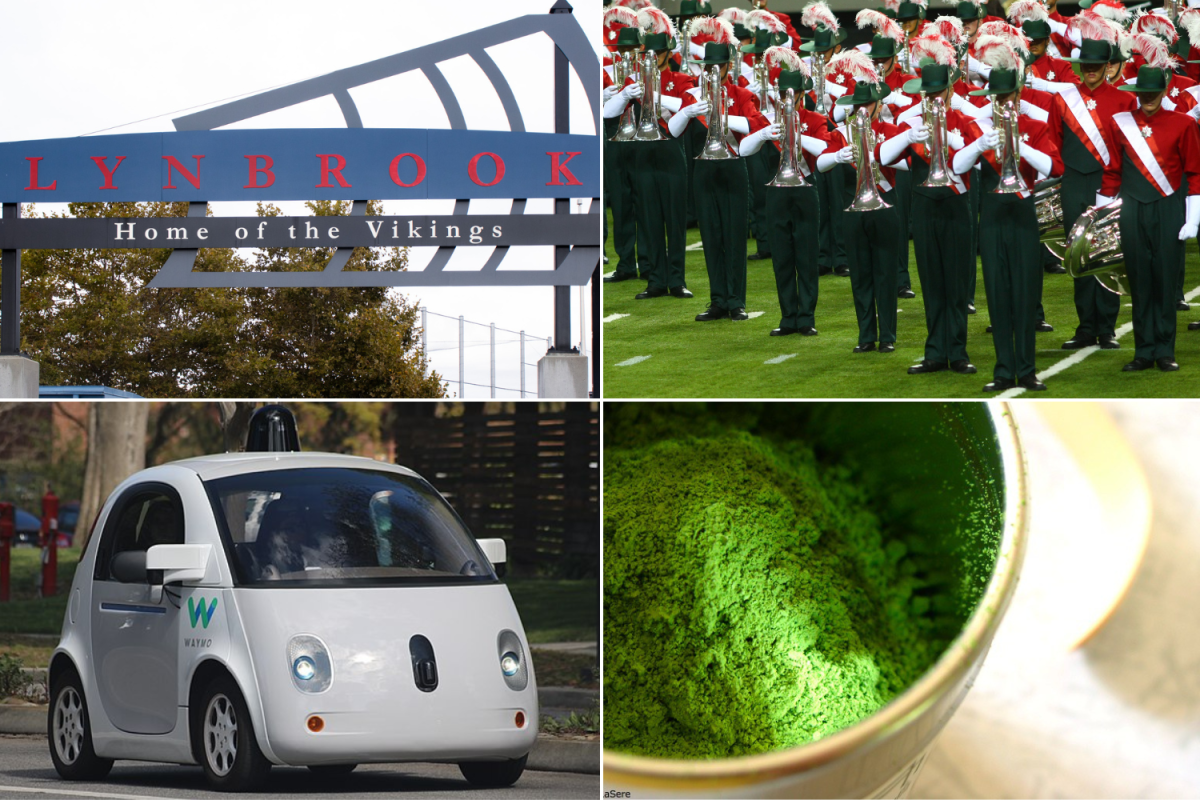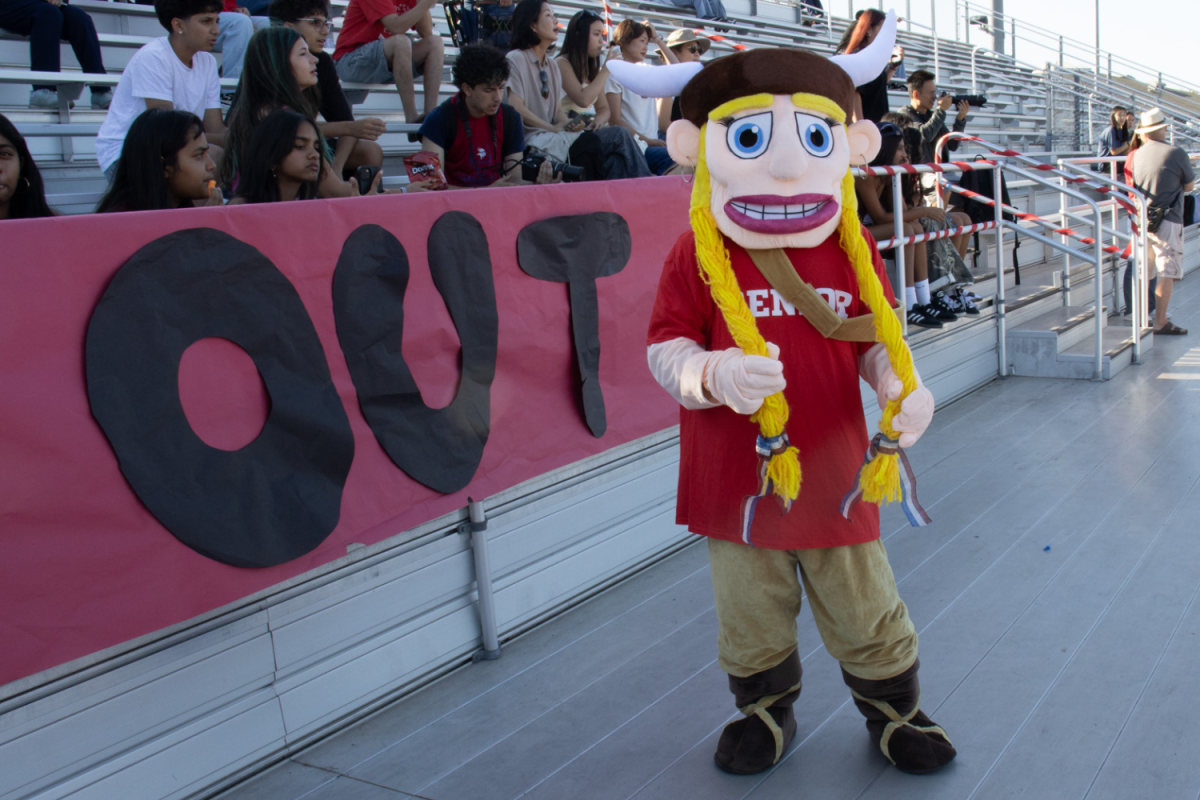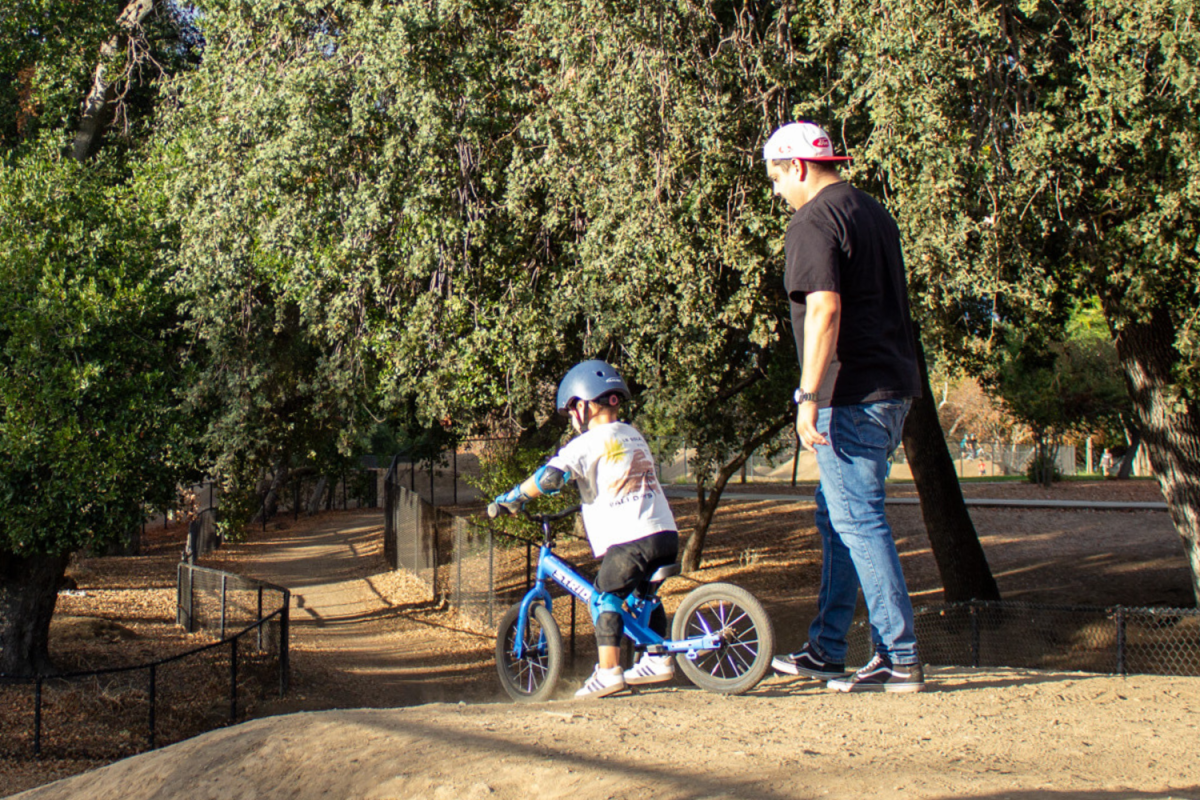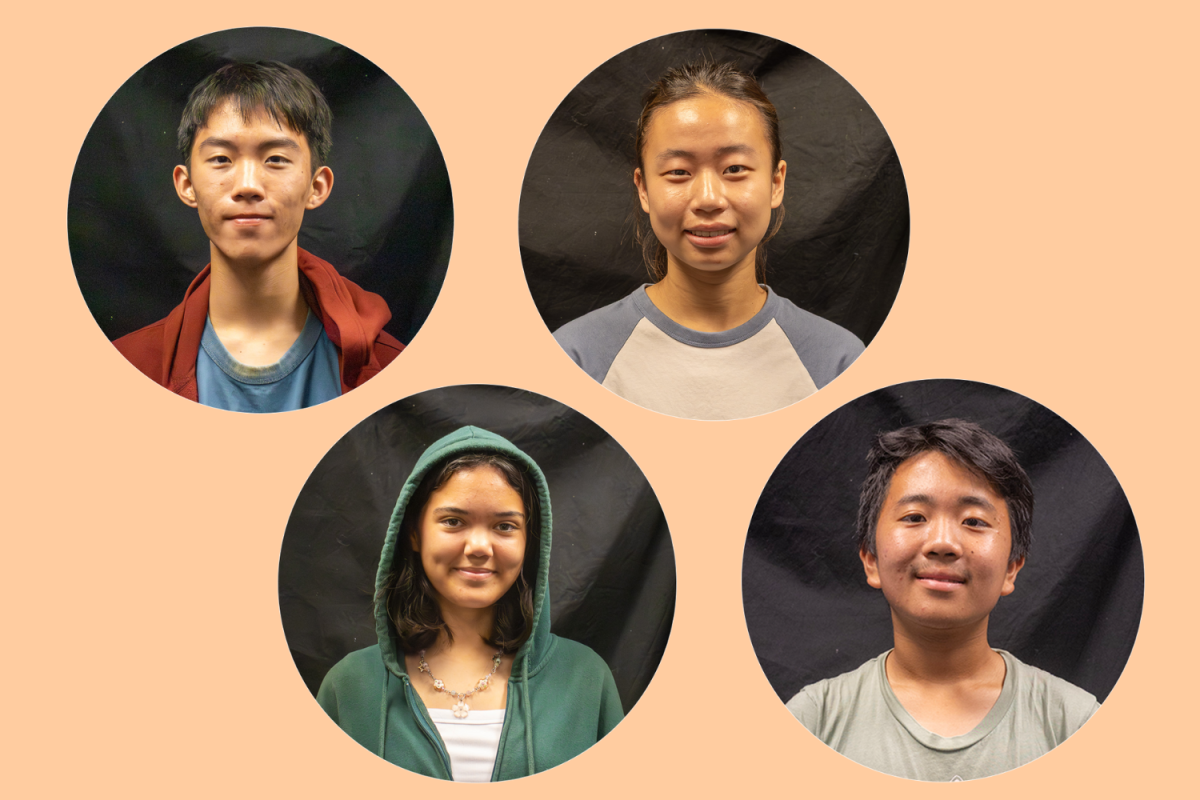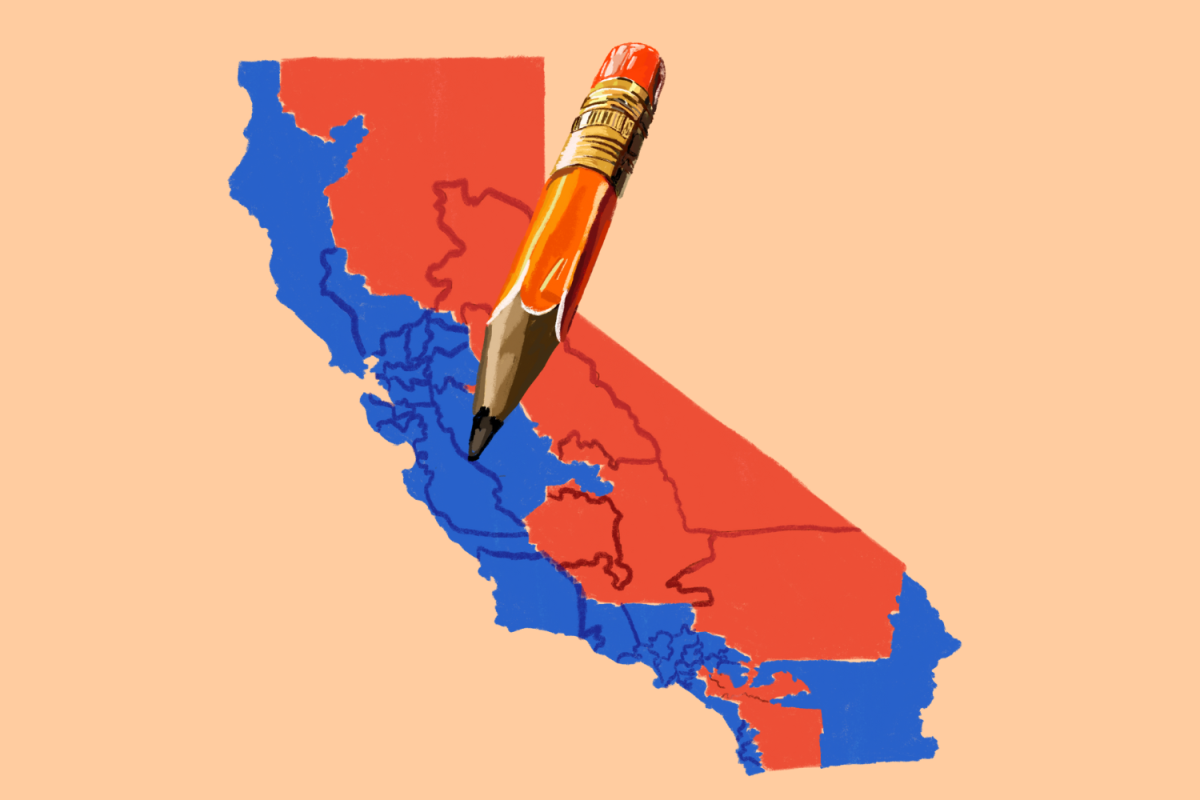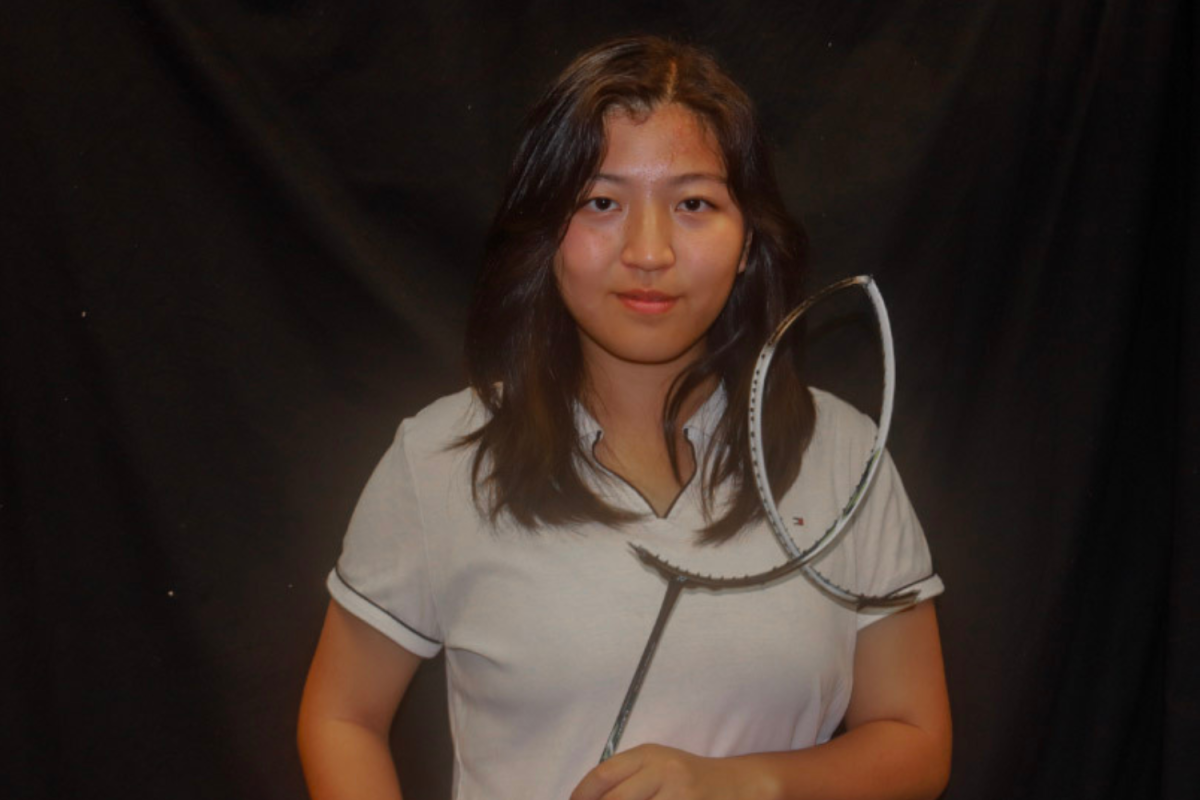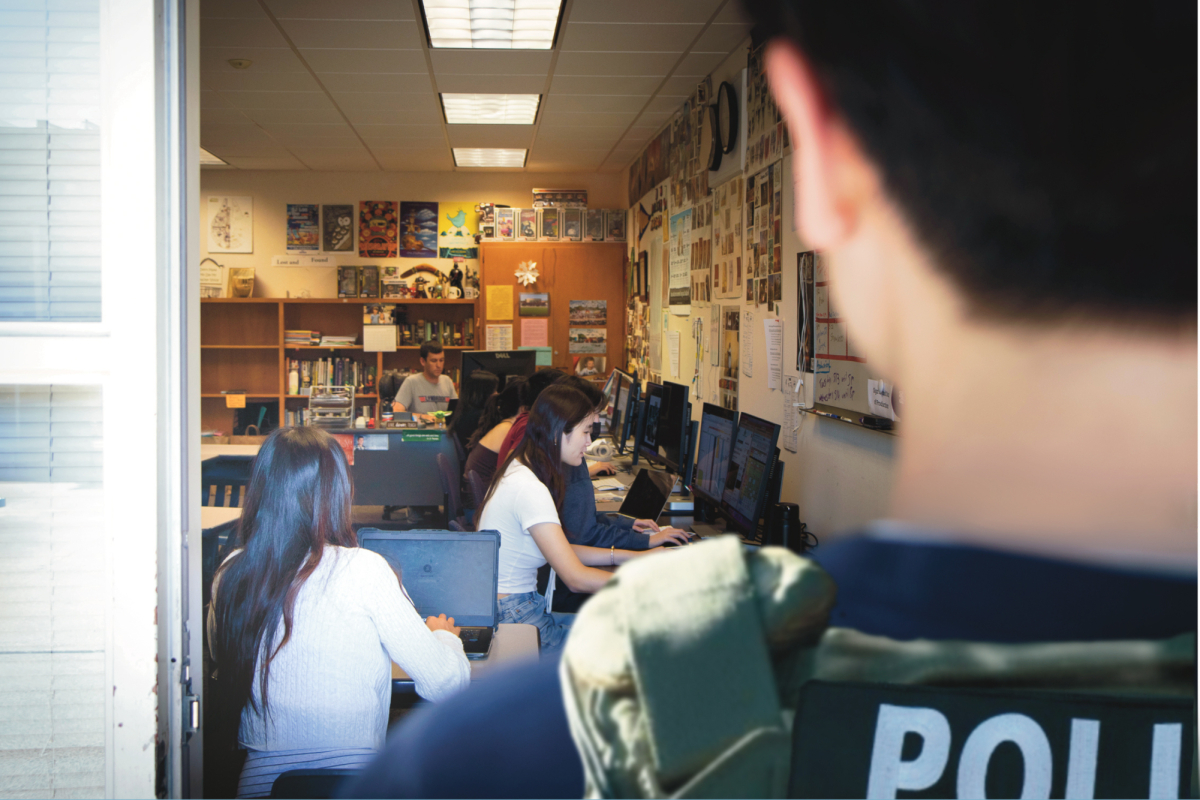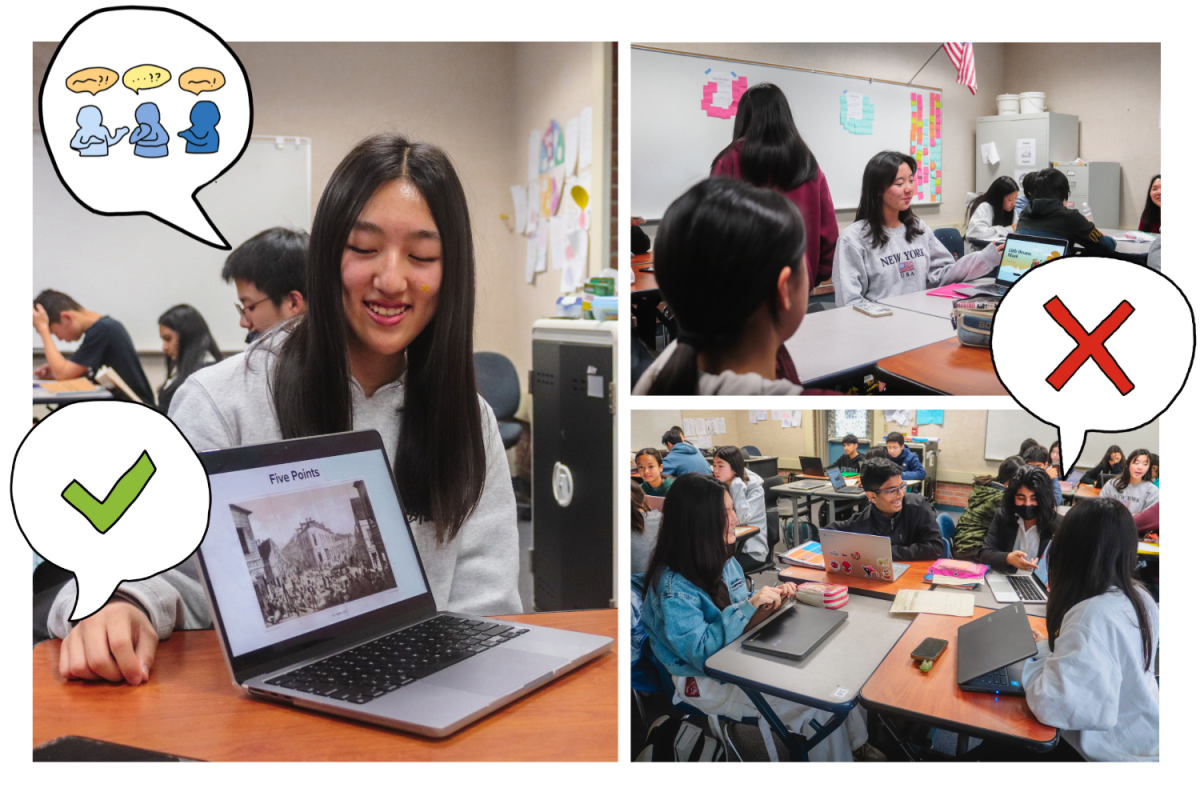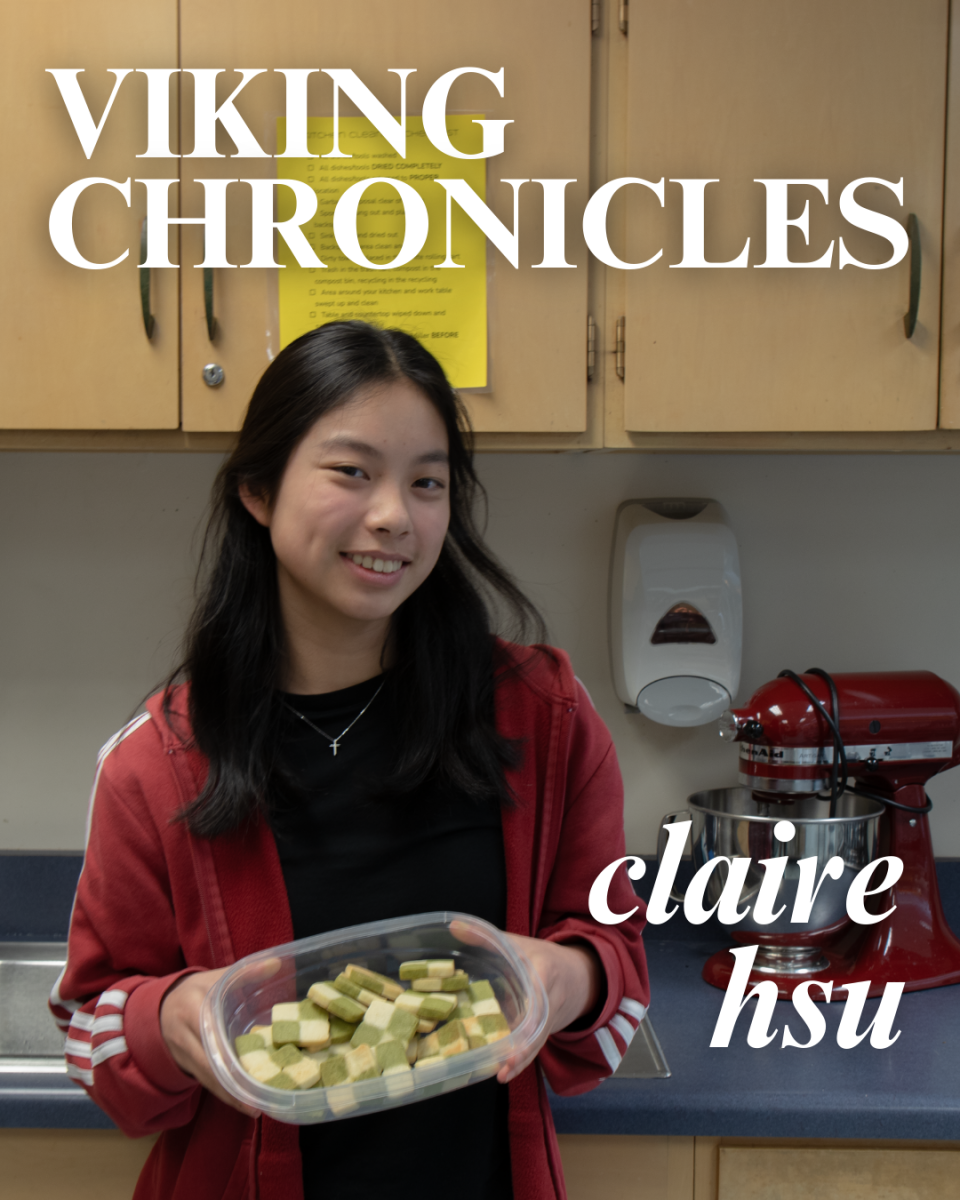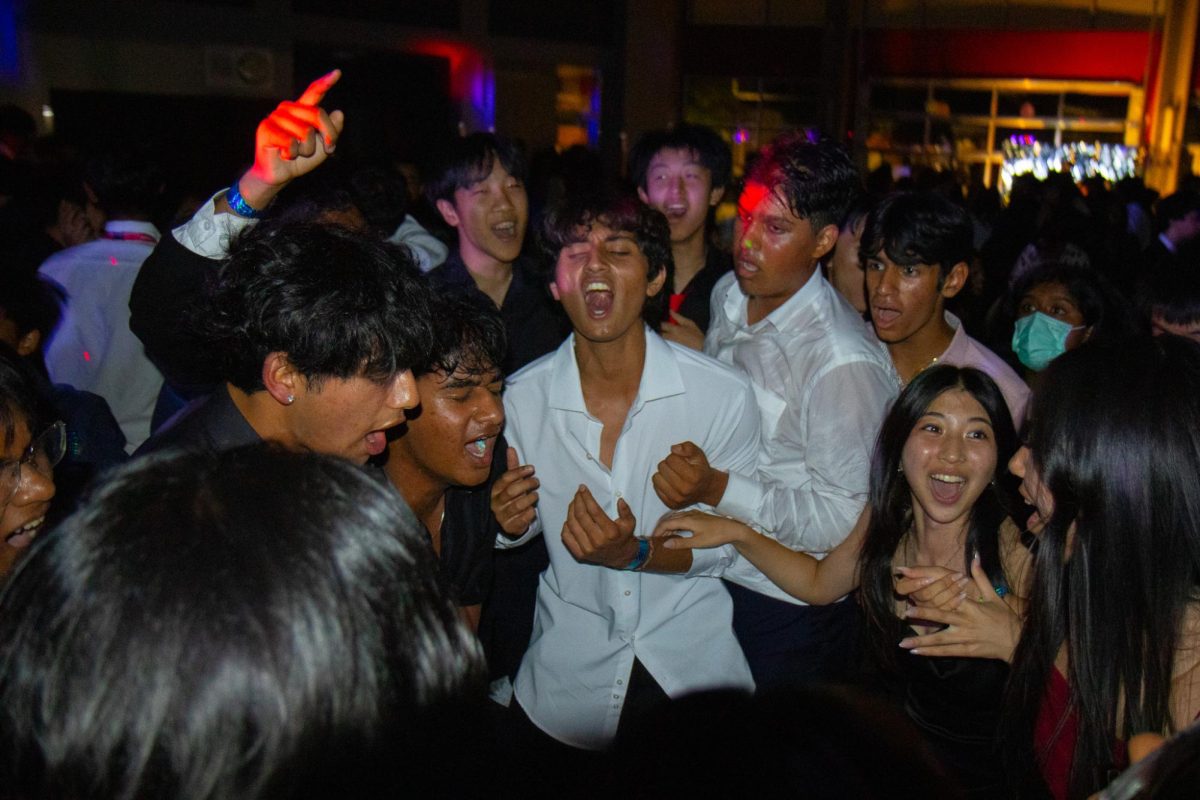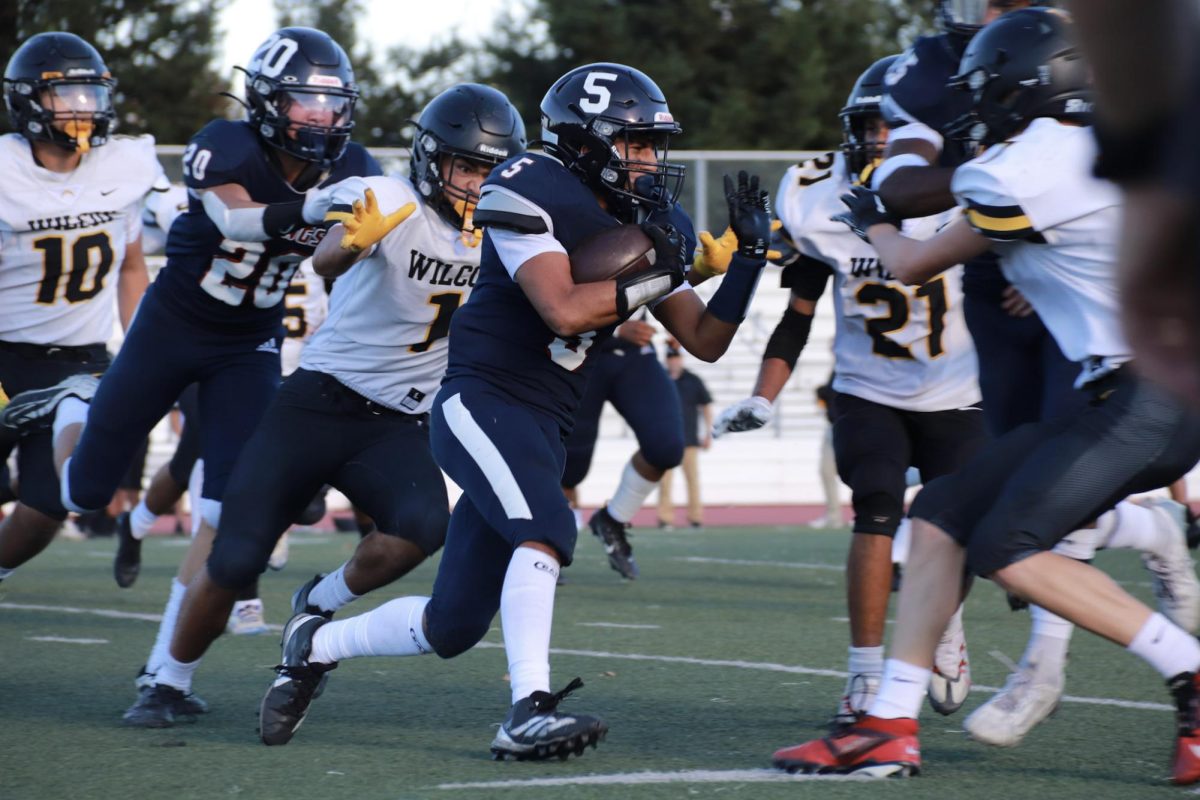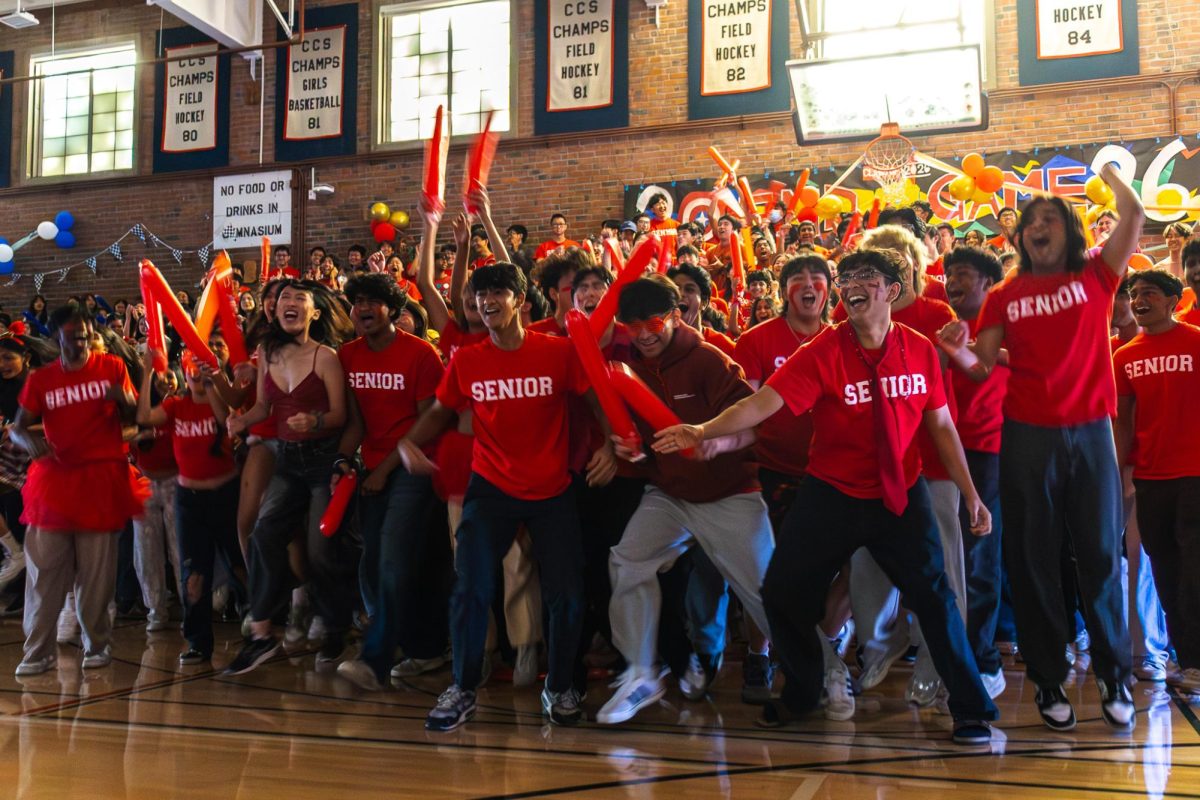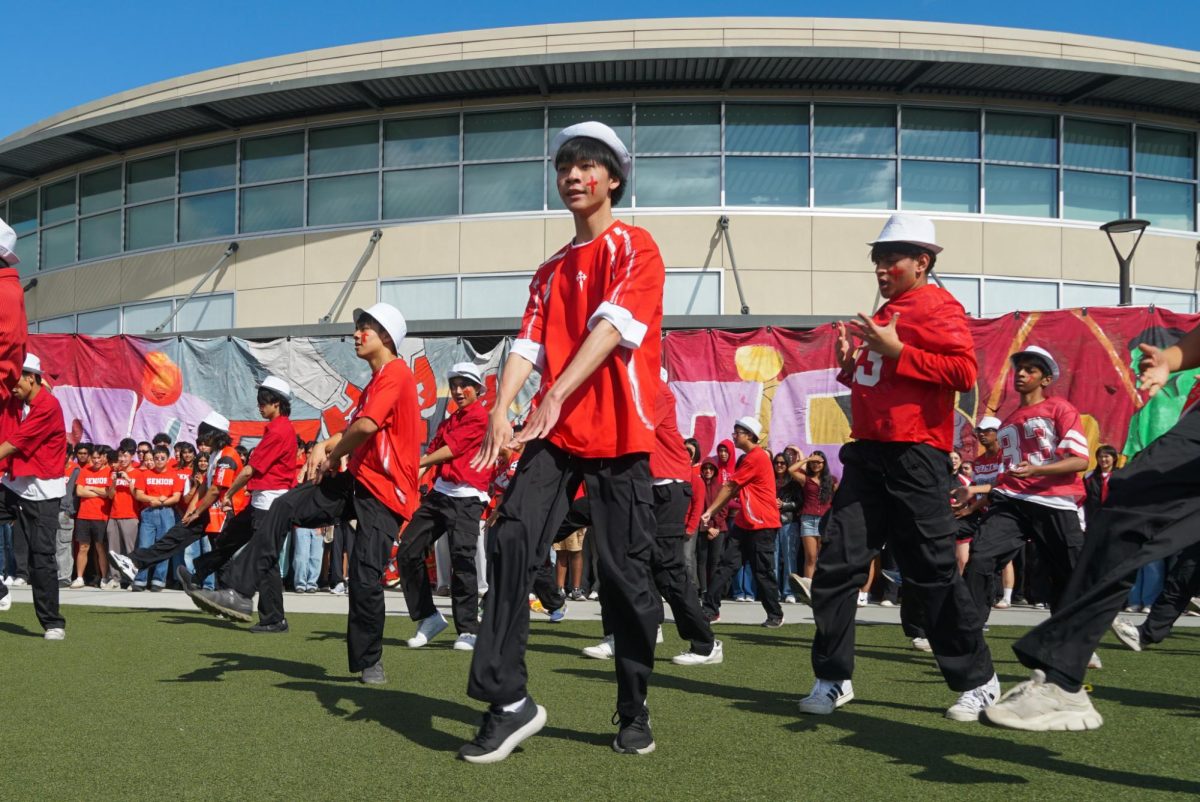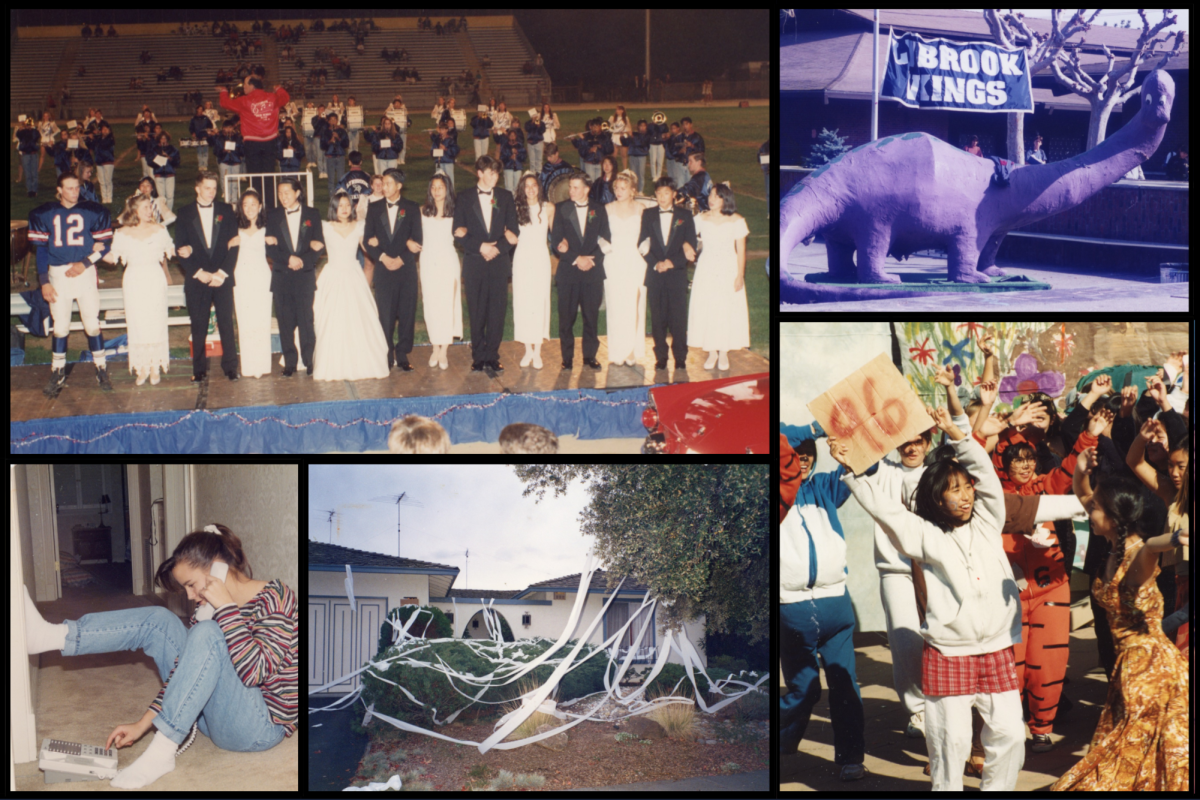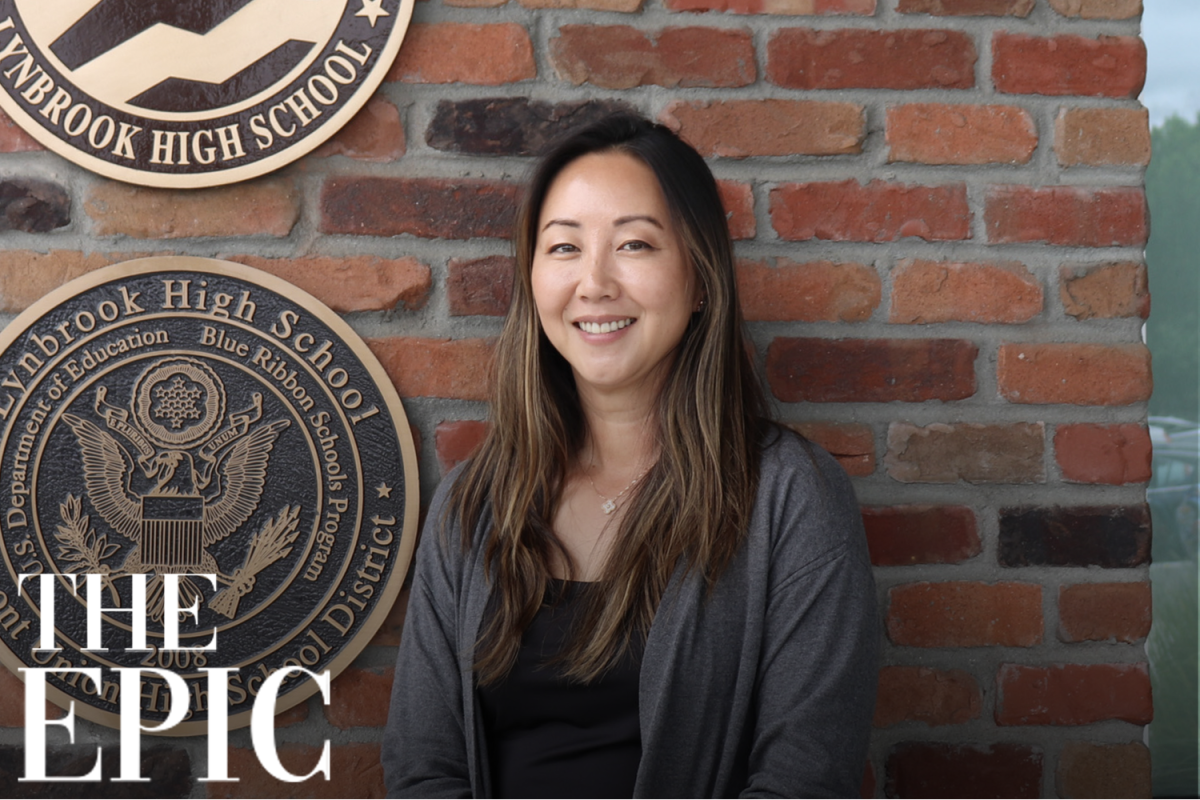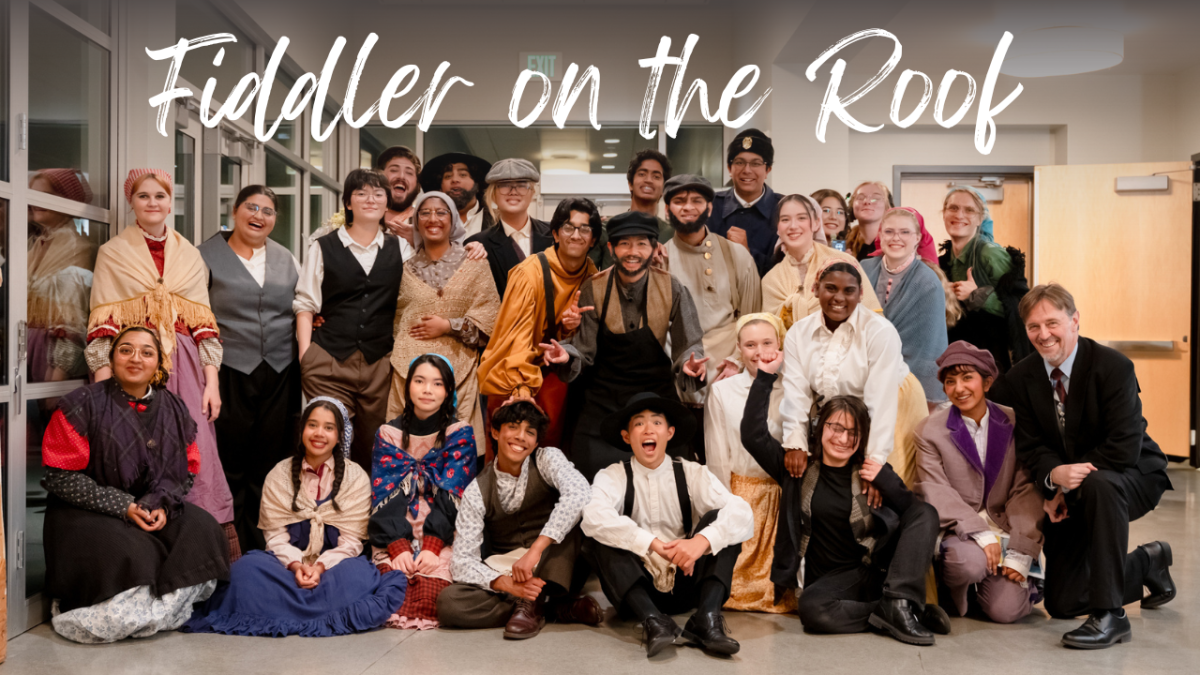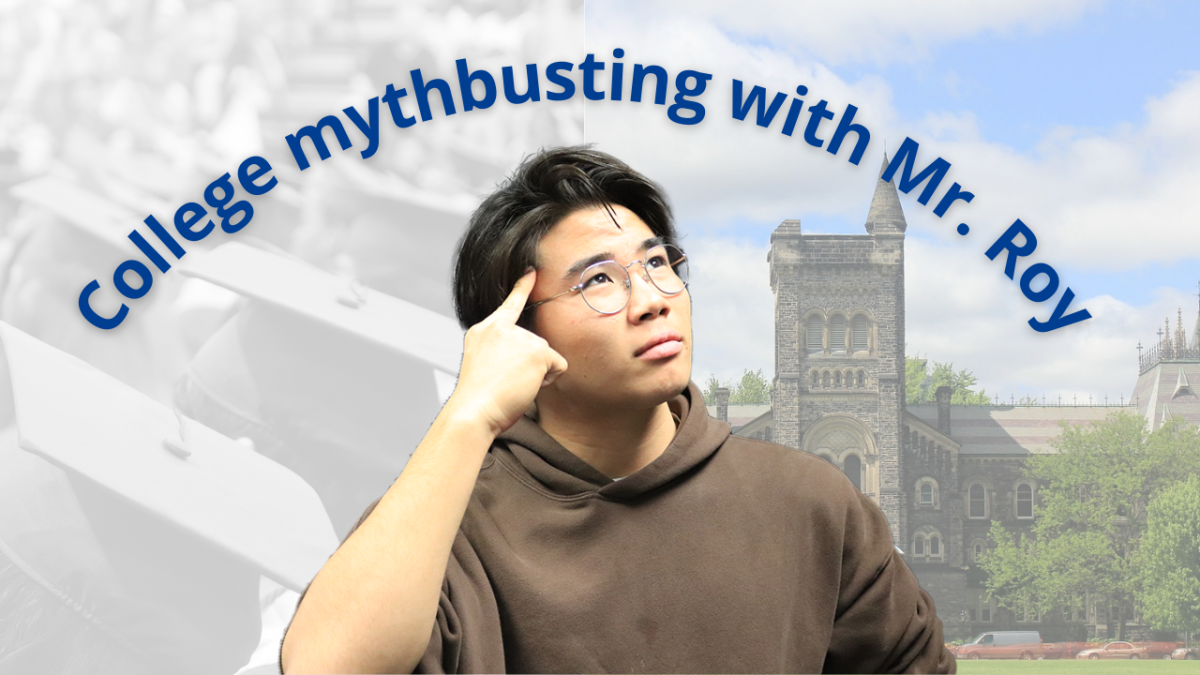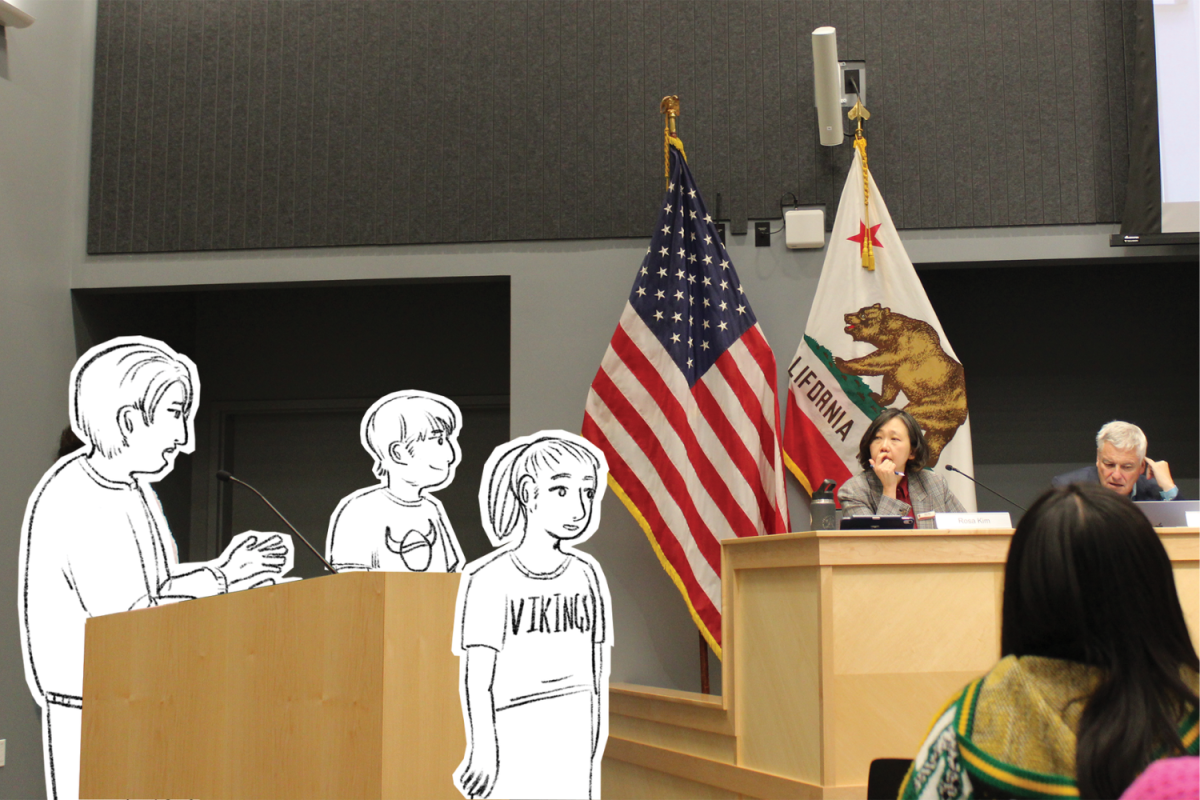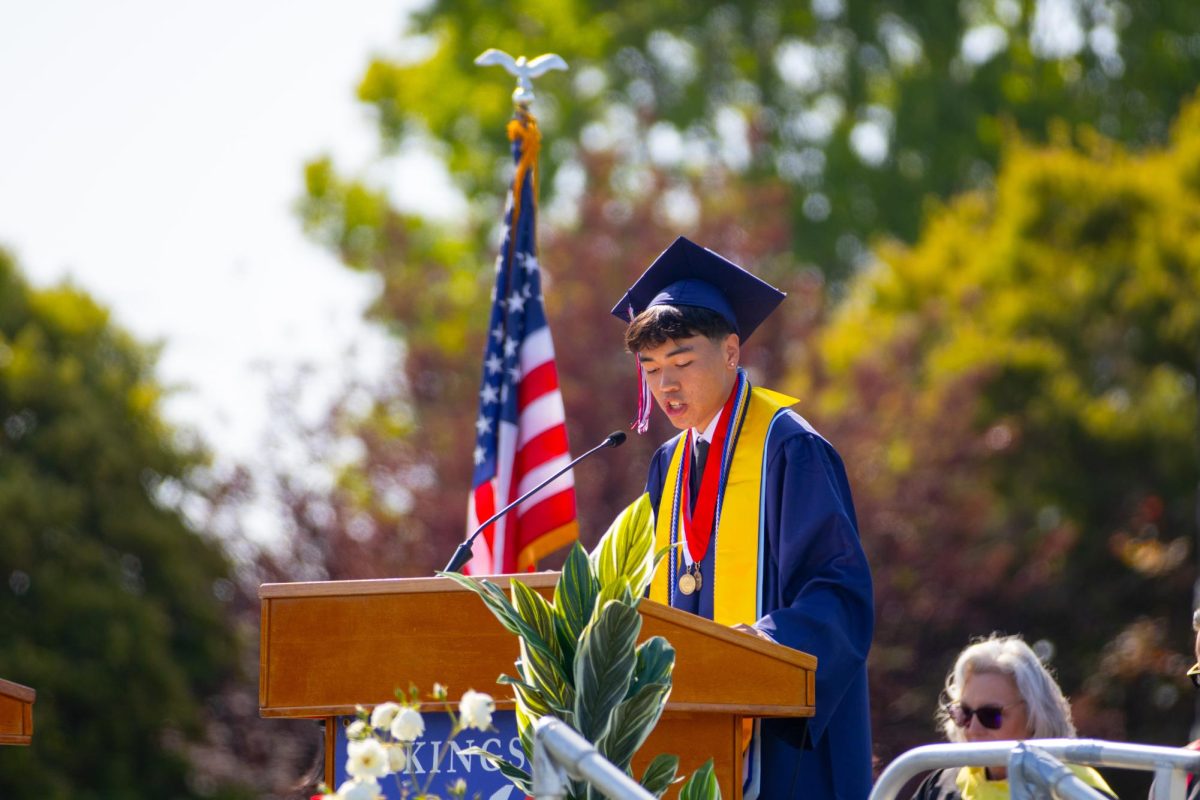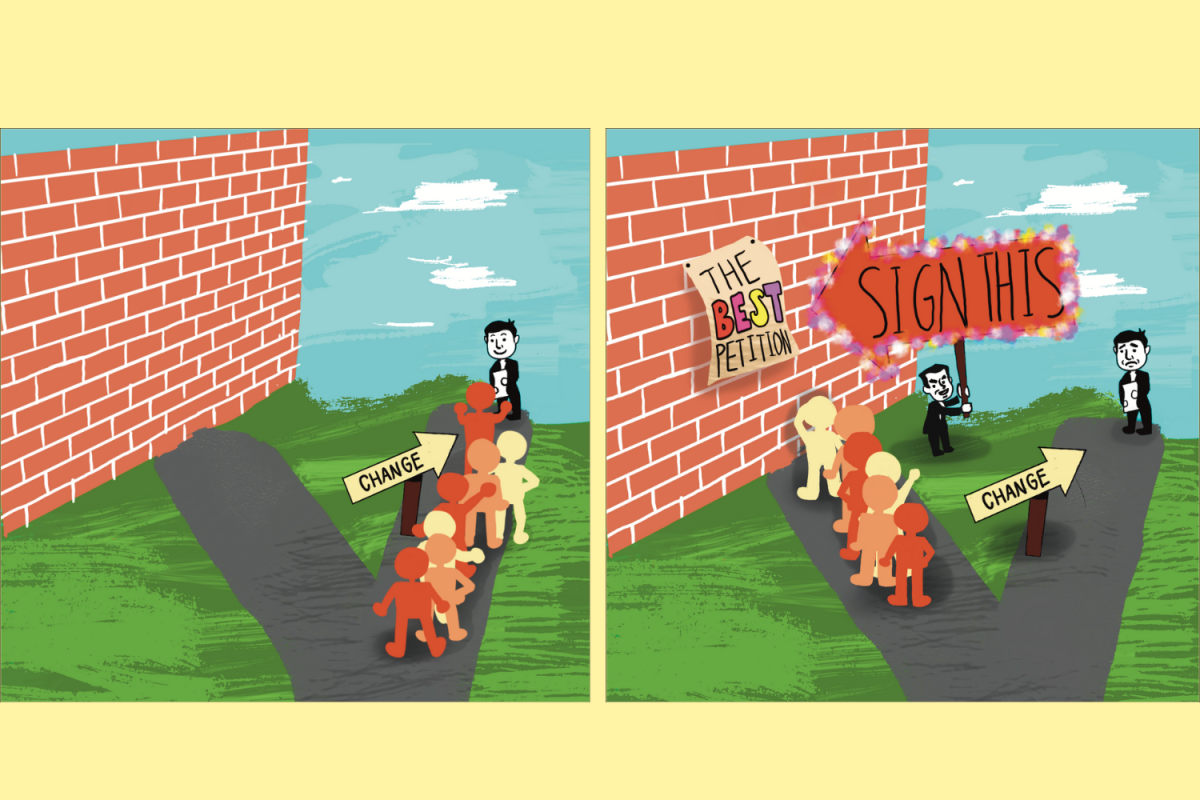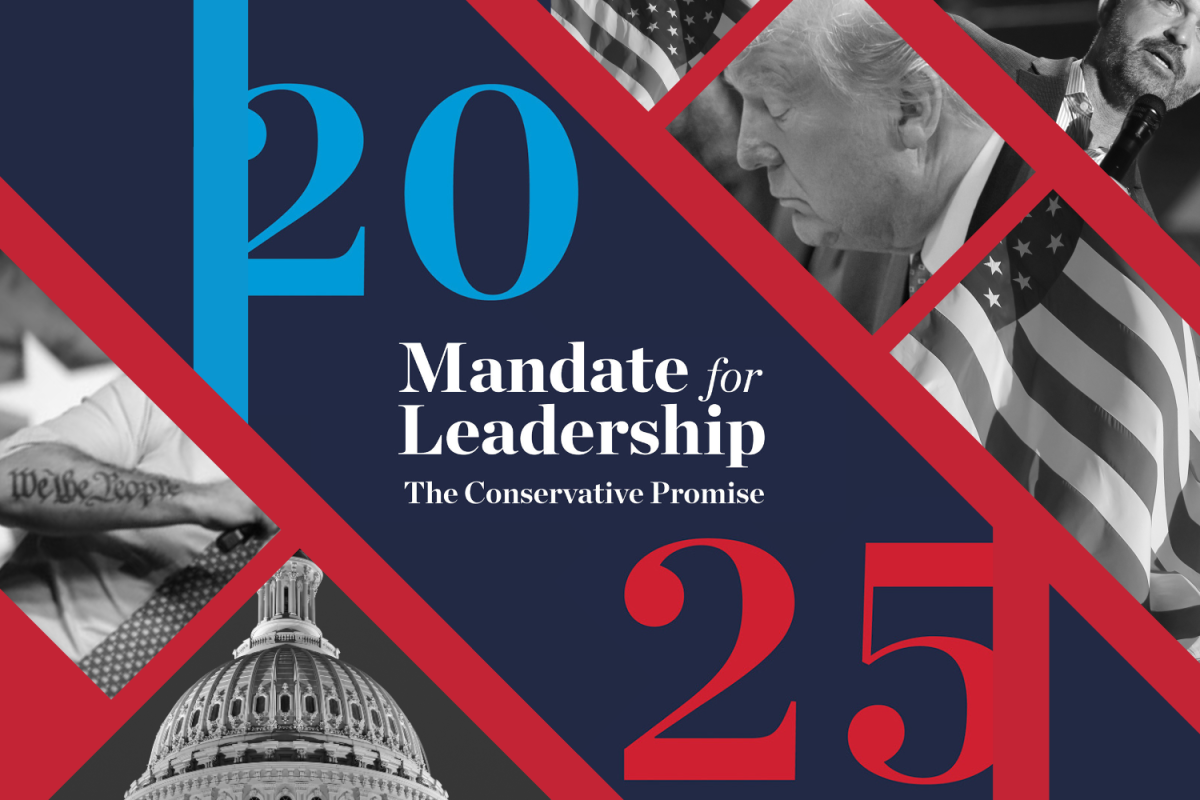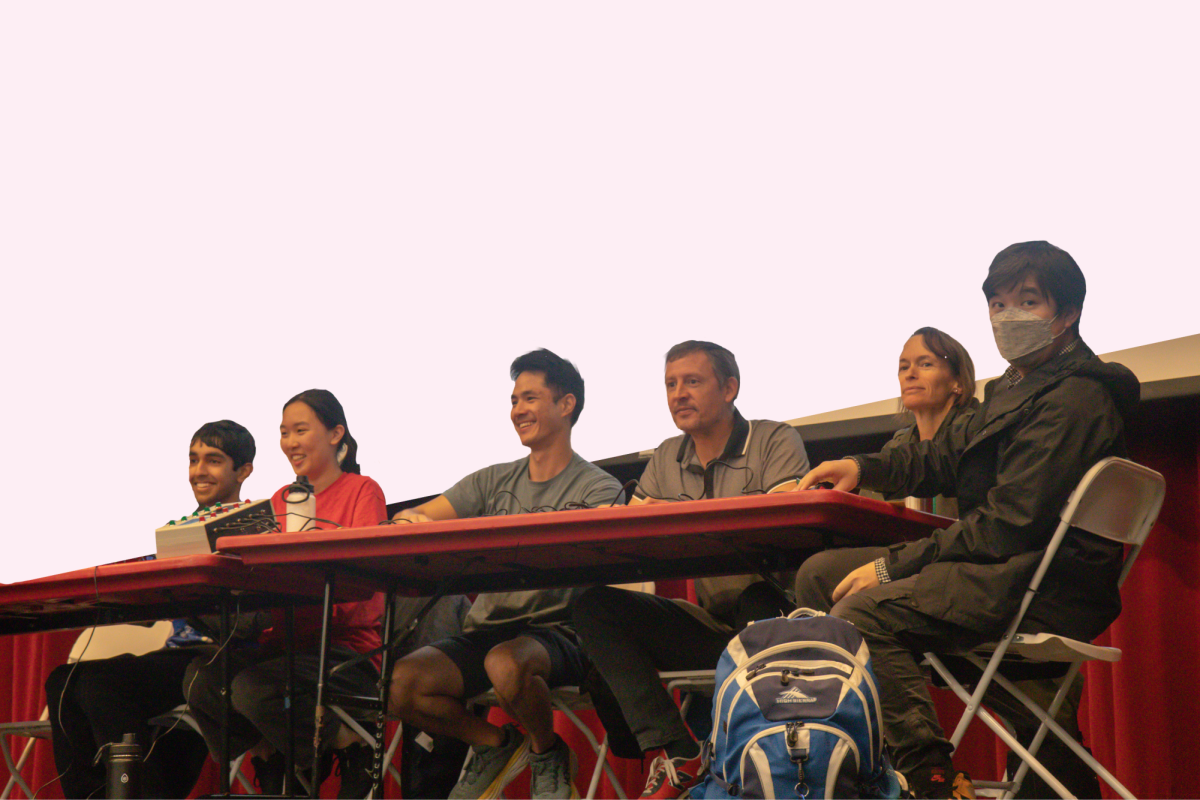Curriculum, funding, district policies and school modernizations are just a fraction of what the FUHSD Board of Trustees ratifies and oversees, affecting every student in FUHSD. Due to their influence in student issues, the board should offer more opportunities for students to get involved; meanwhile, students should reciprocate this effort by engaging to uplift the district community. In doing so, they will forge a stronger district-wide connection between students and administration.
The Board is made up of five trustees, each elected to represent an area of the district to address concerns in FUHSD, alongside a student board representative. Together they advance district goals by addressing the needs of the district, such as approving district budgets and construction plans. Decisions such as these require input from those they will affect: the students. Senior Arnav Singhal serves as the current student representative. Carefully selected by the trustees and the Intra-District Council representatives, Singhal represents all students in the district and serves as a vital point of connection between board and students. By communicating with IDC representatives from each of FUHSD’s schools, Singhal listens to student concerns on campus issues and presents them to the Board for discussion.
“The Board is always trying to look out for the students’ best interest and to accommodate to the best of their ability,” Singhal said.
Public input during bimonthly board meetings held at the district office allows community members to voice their district-wide concerns in person or online via Zoom. For school-specific issues, students will likely be directed to their school’s administration.
“At a recent board meeting, some students shared their concerns about the cafeteria food, and that led to our District Manager of Nutrition Services having a meeting with them,” at-large Trustee Rosa Kim said. “There’s also a student committee named the Nutrition Services Student Committee which helps us implement students’ needs for nutrition, so I asked the manager if those students who have concerns can join the conversations there.”
While infrequent, outreach events such as a student board panel in 2023 allowed students to ask their questions to the Board for immediate answers. During that specific panel, many students voiced their concerns about the potential removal of the Japanese program at Lynbrook and ASB relations with the district. In addition, the Board holds information sessions designed for students based on need.
“Before our November board meeting commenced, we had an ethnic studies information session, and I saw many of our students attending the session to learn what the program is going to do,” at-large Trustee Stanley Kou said. “The Board really wants to listen to our students.”
The Board should also increase outreach so students are made aware of their presence and role. Some examples of this include sending students invitations to and recaps of board meetings,ensuring that students know they can participate in board meetings. The board meeting information is publicly accessible on the district website, but the page is not easy to find and lacks information regarding student participation.
“Students might show up, students might not show up,” Area 2 Trustee-elect Pat Carpio-Aguilar said. “But guess what? If something on the email invitation looks interesting for them, they will show up.”
Furthermore, by-area trustees should visit the schools in their respective areas while trustees who are still representing at-large should each be assigned to a school to visit. This is both a symbolic and active measure to let students know that the board members are open to engaging with the students.
“Something that I am working on is visiting other campuses during IDC exchanges to understand a day in the life on those campuses and talking to as many students there,” Singhal said.
The Board can also create formal opportunities for students seeking to work more closely with them. One way to accomplish this is through joint committees on projects in the district. The committee would consist of board members and students representing each school, similar to how the FUHSD Climate Collective operates. For example, when designing a new district-wide curriculum or course, the board can create a short-term group to gather feedback based on their experiences and the opinions of their peers.
“As students receive increasing opportunities to be represented, I would like to hear more from students of diverse groups and profiles,” Carpio-Aguilar said. “This can include students who work after school, have a couple of courses that they’re trying to make up during the summer, and have generally been historically underserved or underrepresented. I’d like to hear from them to learn how they want to be represented.”
Finally, the Board should host more events that cater to the students they represent. This can be done by implementing quarterly board panels at each of the schools and inviting students to learn more about who the board is and what role it plays in the FUHSD community.
“Integrating board presence in classes is something we can explore,” Area 5 Trustee-elect Danny Choi said. “For example, as an English or social studies class assignment, teachers can assign students to come up with several questions that they would want a board member to answer and vet those. The trustees, with advance notice, can visit the class where they can answer those questions.”
While much of the responsibility is on the Board, it is also vital for students to take an active role in fostering such relationships. The Board decides many aspects which affect student experiences, involving athletics and other extracurriculars, changes in curriculum, and construction and modernization of school campuses. Students can take a step forward by contacting the board members through the information on the FUHSD Board of Trustees page, delivering their concerns to the board. Without students giving proper feedback to the board, it makes them unable to effectively lead their student community members.
“In one of the school’s government classes, there is a project where students write a letter to their local elected officials,” Kim said. “I received several from those students who voiced different ideas and concerns. So I shared them with our superintendent and the school’s principal and they arranged a meeting with the students.”
Both the board and the students play an important role in fostering the growth of the district, yet it is ultimately the responsibility of the board to encourage students to take up their role.
“Let’s not wait for the mountain to come,” Carpio-Aguilar said. “Instead, let us go to the mountain.”


